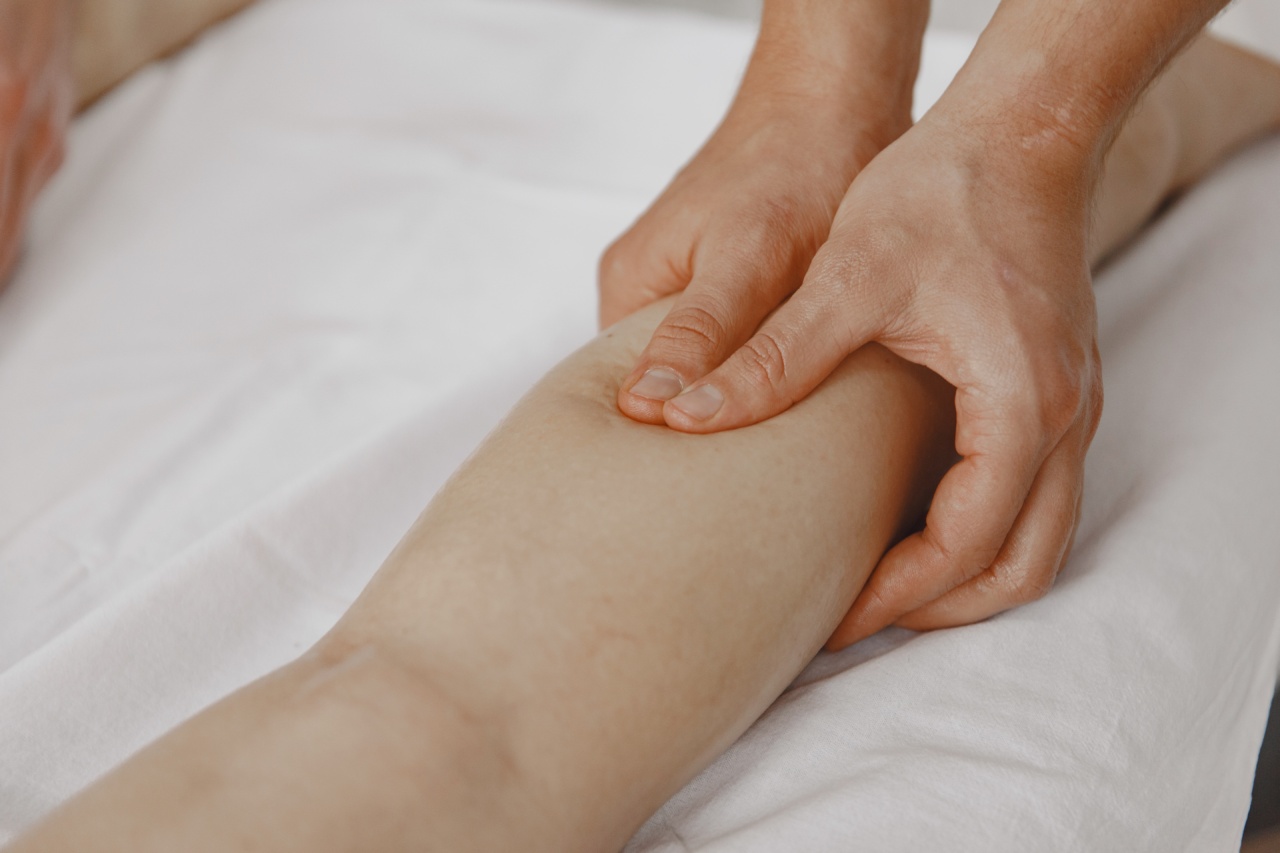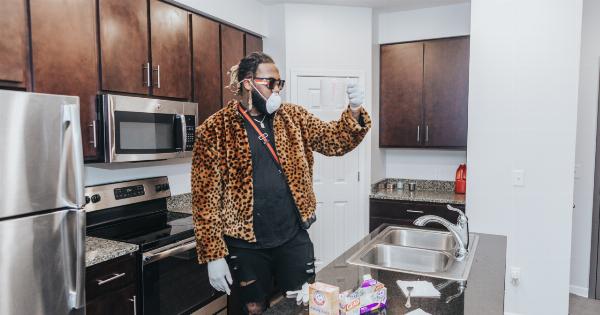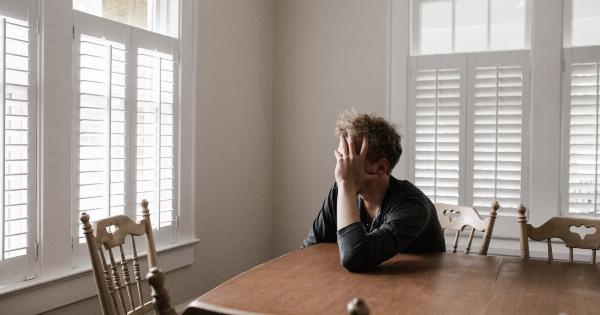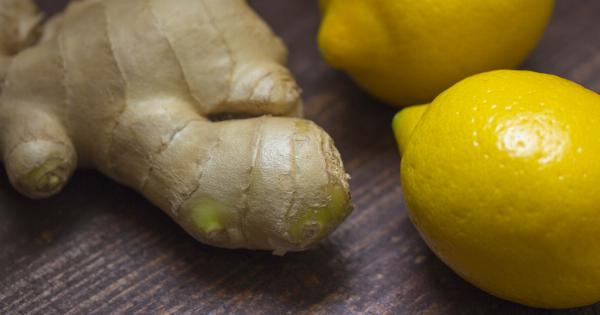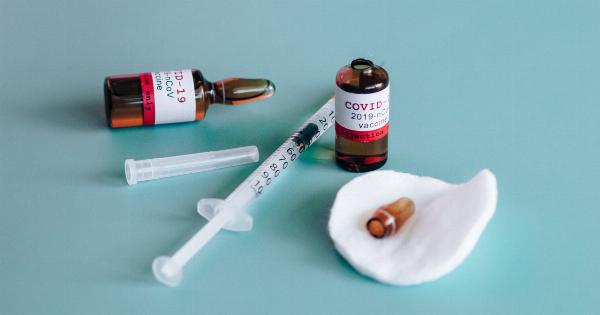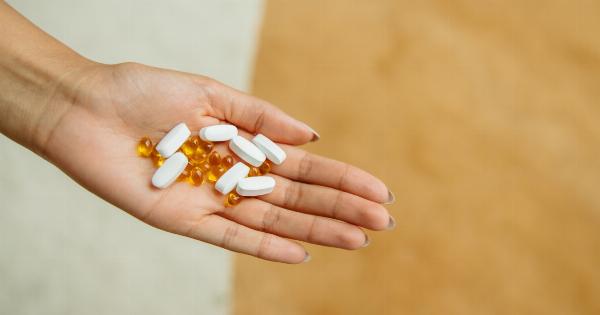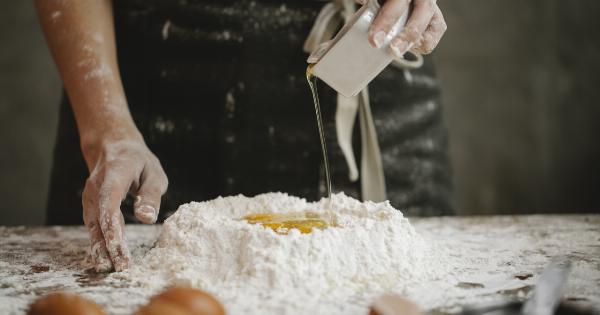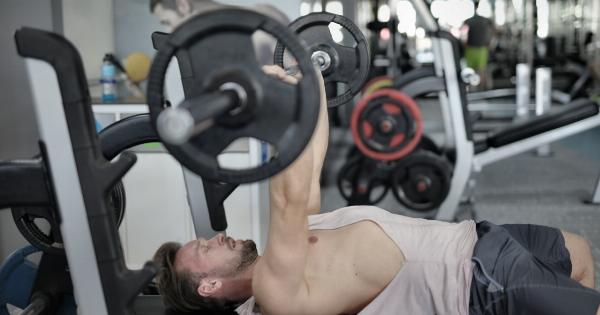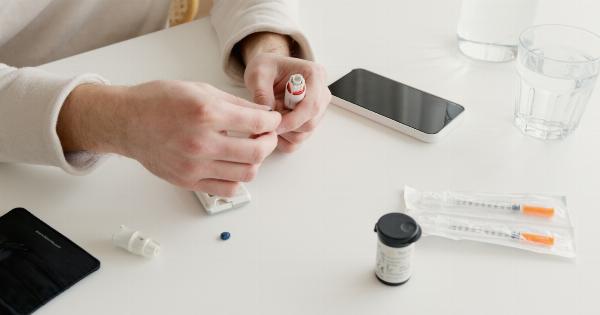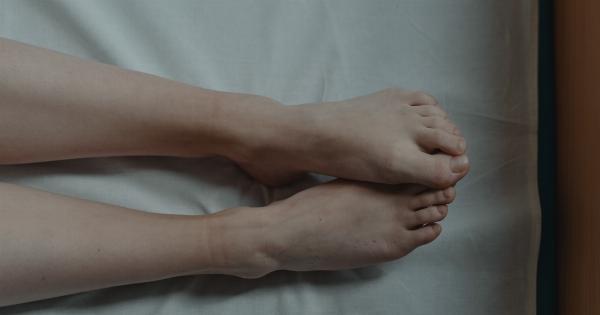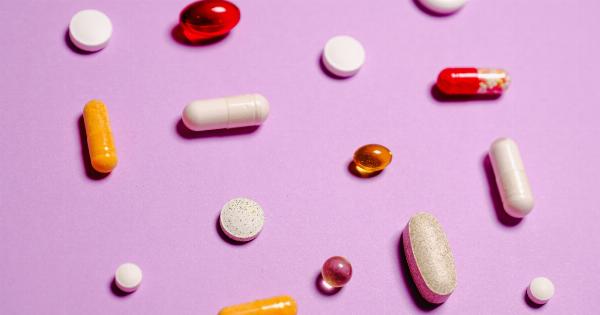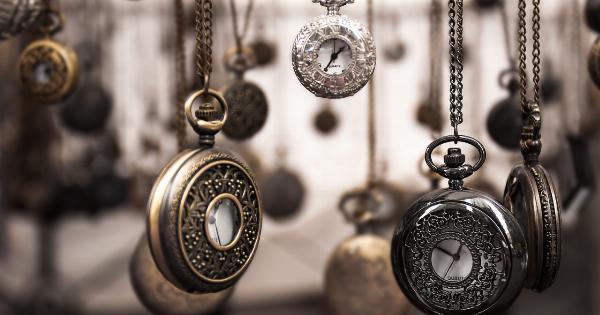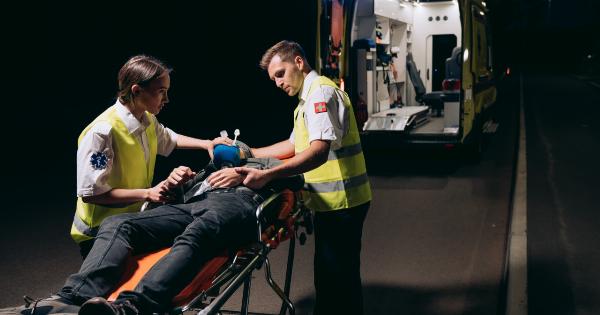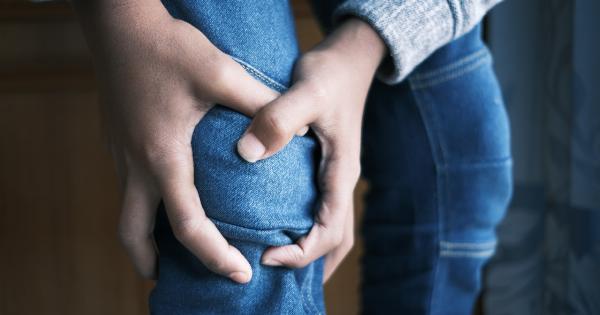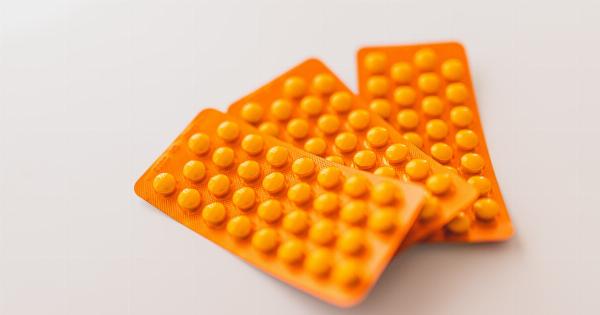Muscle cramps, also known as Charlie horses, are involuntary contractions of muscle tissue that can be extremely painful. Cramps can occur in any muscle, but they are most commonly experienced in the calf muscle.
Cramps typically last for a few seconds to a few minutes, and the affected muscle may feel sore for hours or days afterward. Below, we will discuss the causes, symptoms, and treatments for muscle cramps.
Causes of Muscle Cramps
There are many different things that can cause muscle cramps. Some of the most common causes include:.
- Dehydration
- Electrolyte imbalances
- Overuse of muscles
- Poor circulation
- Nerve compression or damage
- Poor nutrition
- Medications that can deplete minerals or cause muscle spasms
Symptoms of Muscle Cramps
The symptoms of muscle cramps can vary depending on the individual and the severity of the cramp. Some common symptoms of muscle cramps include:.
- Sudden onset of pain or tightening of the muscle
- Difficulty moving the affected muscle
- Visible muscle spasms
- Tenderness in the affected muscle
- Soreness in the affected muscle after the cramp subsides
Treatments for Muscle Cramps
There are several things you can do to help alleviate the pain and discomfort associated with muscle cramps. Some of these treatments may include:.
- Gentle stretching of the affected muscle
- Massaging the affected muscle
- Applying heat or cold to the affected area
- Drinking fluids to prevent dehydration
- Ingesting electrolytes such as potassium and magnesium
- Taking medications such as muscle relaxants or pain relievers
Preventing Muscle Cramps
While muscle cramps can be difficult to prevent, there are several steps you can take to reduce your risk of experiencing them. Some ways to prevent muscle cramps include:.
- Drinking plenty of fluids to stay hydrated
- Eating a well-balanced diet to ensure proper nutrition
- Taking breaks and stretching when engaging in intense physical activity or exercise
- Wearing comfortable and supportive footwear
- Taking medications as prescribed and being aware of potential side effects
When to Seek Medical Attention
In most cases, muscle cramps are harmless and can be treated at home. However, there are certain situations where you should seek medical attention. If you experience any of the following symptoms, you should see a doctor:.
- Persistent or severe muscle cramps that do not respond to at-home treatments
- Signs of infection such as swelling, redness, or warmth around the affected area
- Loss of sensation or movement in the affected muscle
- Difficulty breathing or chest pain
- Seizures
Conclusion
Muscle cramps can be incredibly painful and uncomfortable. They can also be caused by a variety of factors and can affect anyone at any time.
While there is no guaranteed way to prevent muscle cramps, there are several steps you can take to reduce your risk of experiencing them. If you do experience muscle cramps, there are several treatments available that can help alleviate the pain and discomfort associated with them.
